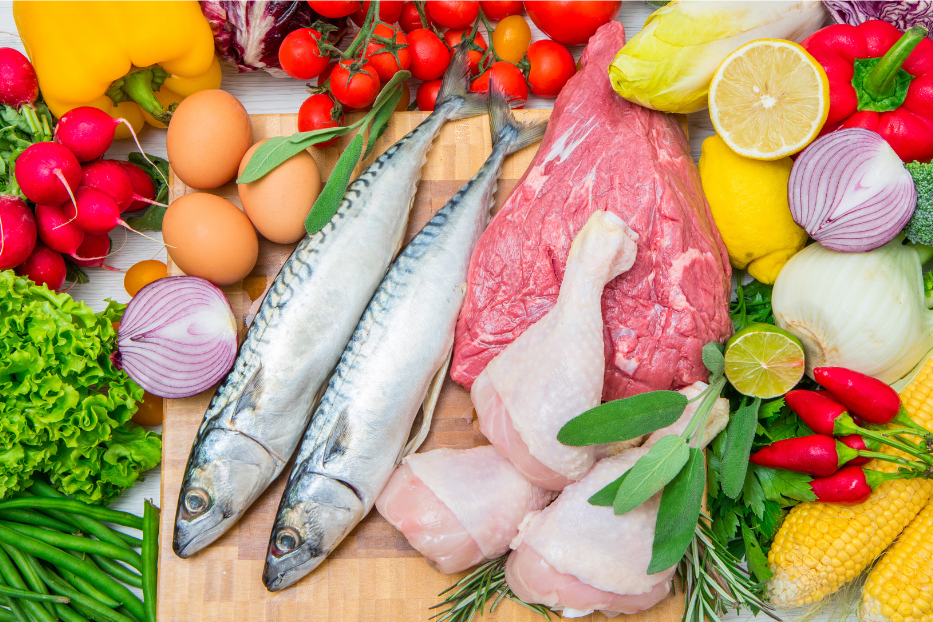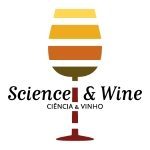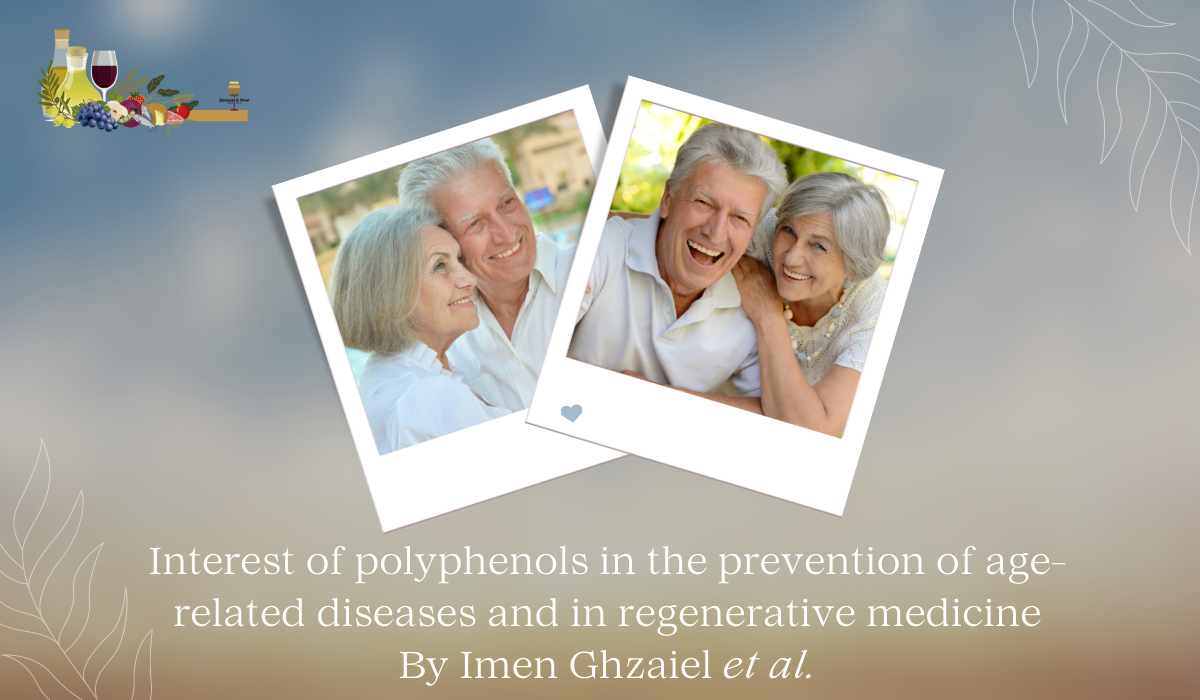By Imen Ghzaiel1,2, Mohamed Ksila1,3, Norbert Latruffe1, Anne Vejux1, Dominique Vervandier-Fasseur4, Gérard Lizard1
Oxysterols are cholesterol oxidation products which can be formed by auto-oxidation, via specific enzymes or by both processes [1]. Among these oxysterols, those oxidized on C7, 7-ketocholesterol (7KC) and 7β-hydroxycholesterol (7β-OHC), are found at increased levels in the biological fluids and/or target tissues of patients with age-related diseases (cardiovascular, neuronal, and ocular diseases) as well as in subjects concerned with civilization diseases (type 2 diabetes, bowel diseases, metabolic syndrome) [2]. As 7KC and 7β-OHC induce several cytotoxic effects which are hall marks of aging and of some age-related and civilization diseases (oxidative stress, inflammation and mitochondrial and peroxisomal dysfunction, cell death induction), the identification of molecules or mixture of molecules capable to counteract or attenuate their cytotoxicity is an important challenge [3, 4]. Noteworthy, important cytoprotective activities of polyphenols (resveratrol, quercetin, apigenin) have been reported on different cell types such as retinal epithelial cells and nerve cells [5]. In addition, we also reported that resveratrol, quercetin and apigenin have neurotrophic properties (antioxidant activities + differentiating activities) on skeletal muscle cells and nerve cells [6,7]. In the context of aging and age-related diseases associated with increased levels of 7KC and 7β-OHC, several polyphenols present in large amount in the Mediterranean diet have important gerontoprotective and cytoprotective activities. Aza-stilbens and azo-stilbenes deriving from resveratrol have been synthesized to increase these activities [8].

1 – Team Bio-PeroxIL, Biochemistry of the Peroxisome, Inflammation and Lipid Metabolism (EA7270) / University of Bourgogne / Inserm, 21000 Dijon, France; 2 – University of Monastir, Faculty of Medicine, LR12ES05, Lab-NAFS ‘Nutrition – Functional Food & Vascular Health’, 5000 Monastir, Tunisia; 3 – Laboratory of Neurophysiology, Cellular Physiopathology and Valorisation of Biomolecules, (LR18ES03), Department of Biology, Faculty of Sciences, University Tunis El Manar, 2092 Tunis, Tunisia; 4 – Team OCS, Institute of Molecular Chemistry of University of Burgundy (ICMUB UMR CNRS 6302), University of Bourgogne Franche-Comté, 21000 Dijon, France.
References
- Mutemberezi V, Guillemot-Legris O, Muccioli GG. Oxysterols: From cholesterol metabolites to key mediators. Prog Lipid Res. 2016; 64: 152-169.
- Ghzaiel I, Sassi K, Zarrouk Z, Ghosh S, Dias IHK, Nury T, Ksila M, Essadek S, Tahri Joutey M, Brahmi F, Mihoubi W, Rup-Jacques S, Samadi M, Rezig L, Meziane S, Ghrairi T, Masmoudi-Kouki O, Hammami S, Nasser B, Hammami M, Wang Y, Griffiths WJ, Vejux A, Lizard G. Sources of 7-ketocholesterol, metabolism and inactivation strategies: food and biomedical applications. Redox Experimental Medicine, Volume: 2022, Issue: 1, Pages: R40 – R56.
- Nury T, Yammine A, Ghzaiel I, Sassi K, Zarrouk A, Brahmi F, Samadi M, Rup-Jacques S, Vervandier-Fasseur D, Pais de Barros JP, Bergas V, Ghosh S, Majeed M, Pande A, Atanasov A, Hammami S, Hammami M, Mackrill J, Nasser B, Andreoletti P, Cherkaoui-Malki M, Vejux A, Lizard G. Attenuation of 7-ketocholesterol- and 7β-hydroxycholesterol-induced oxiapoptophagy by nutrients, synthetic molecules and oils: Potential for the prevention of age-related diseases. Ageing Res Rev. 2021; 68: 101324.
- Rezig L, Ghzaiel I, Ksila M, Yammine A, Nury T, Zarrouk A, Samadi M, Chouaibi M, Vejux A, Lizard G. Cytoprotective activities of representative nutrients from the Mediterranean diet and of Mediterranean oils against 7-ketocholesterol- and 7β-hydroxycholesterol-induced cytotoxicity: Application to age-related diseases and civilization diseases. Steroids. 2022; 187: 109093.
- Vejux A, Abed-Vieillard D, Hajji K, Zarrouk A, Mackrill JJ, Ghosh S, Nury T, Yammine A, Zaibi M, Mihoubi W, Bouchab H, Nasser B, Grosjean Y, Lizard G. 7-Ketocholesterol and 7β-hydroxycholesterol: In vitro and animal models used to characterize their activities and to identify molecules preventing their toxicity. Biochem Pharmacol. 2020; 173: 113648.
- Kaminski J, Lançon A, Aires V, Limagne E, Tili E, Michaille JJ, Latruffe N. Resveratrol initiates differentiation of mouse skeletal muscle-derived C2C12 myoblasts. Biochem Pharmacol. 2012; 84(10): 1251-9
- Namsi A, Nury T, Hamdouni H, Yammine A, Vejux A, Vervandier-Fasseur D, Latruffe N, Masmoudi-Kouki O, Lizard G. Induction of Neuronal Differentiation of Murine N2a Cells by Two Polyphenols Present in the Mediterranean Diet Mimicking Neurotrophins Activities: Resveratrol and Apigenin. Diseases. 2018; 6(3): 67.
- Lizard G, Latruffe N, Vervandier-Fasseur D. Aza- and Azo-Stilbenes: Bio-Isosteric Analogs of Resveratrol. Molecules. 2020; 25(3): 605.

